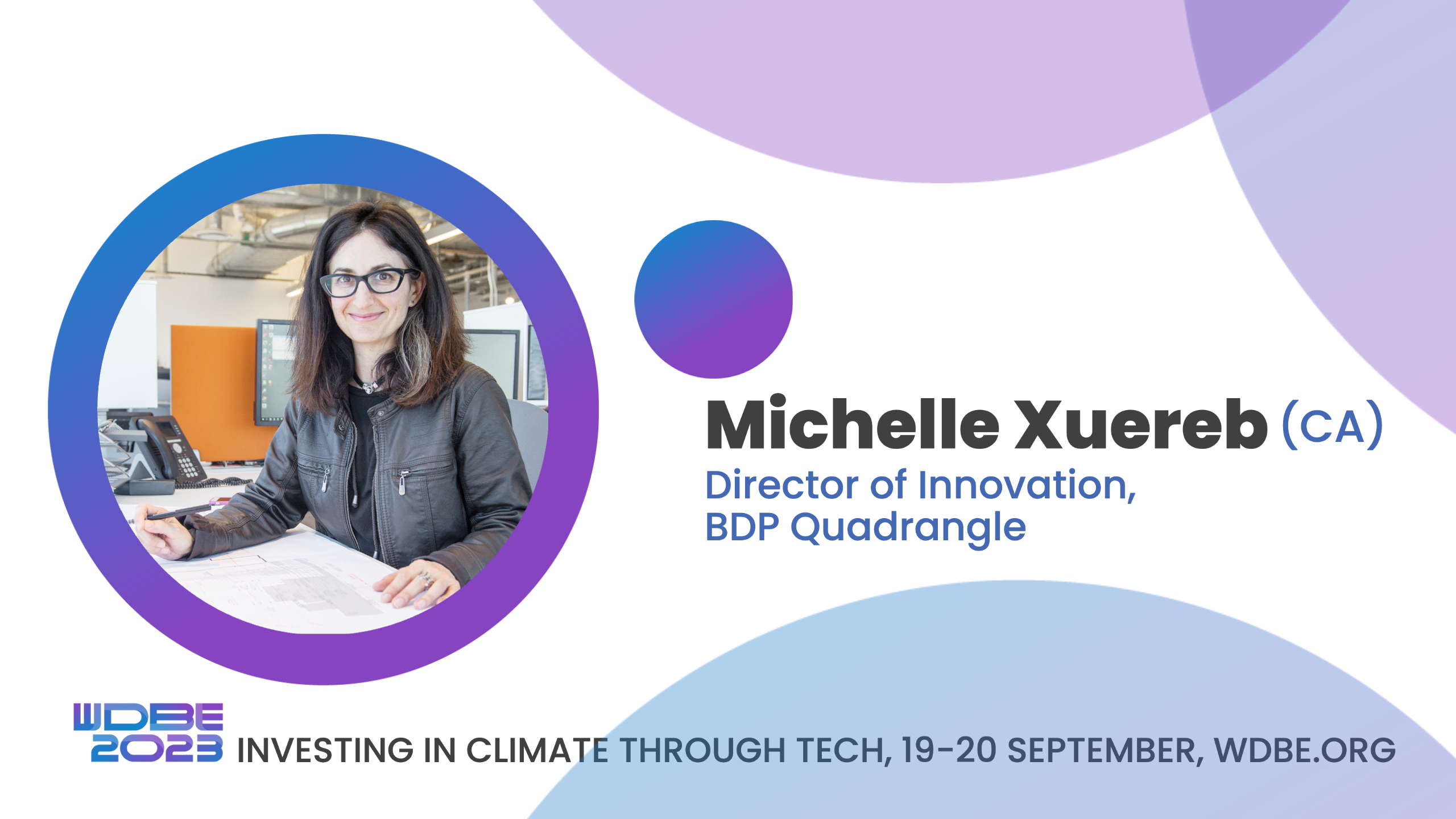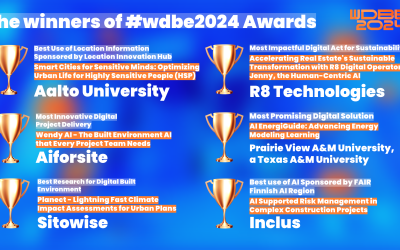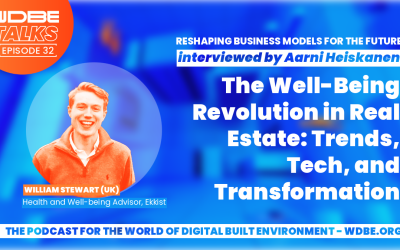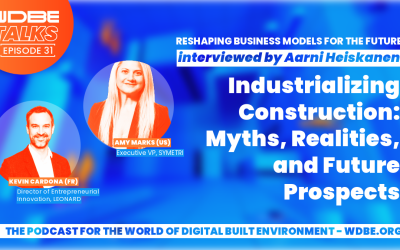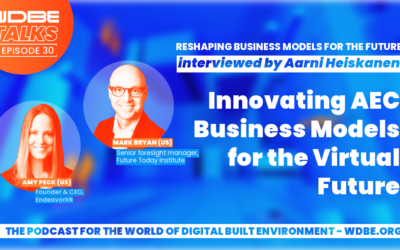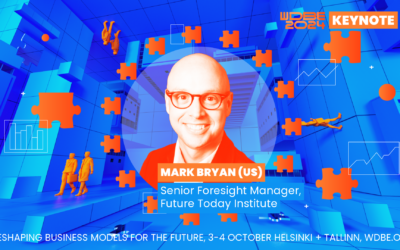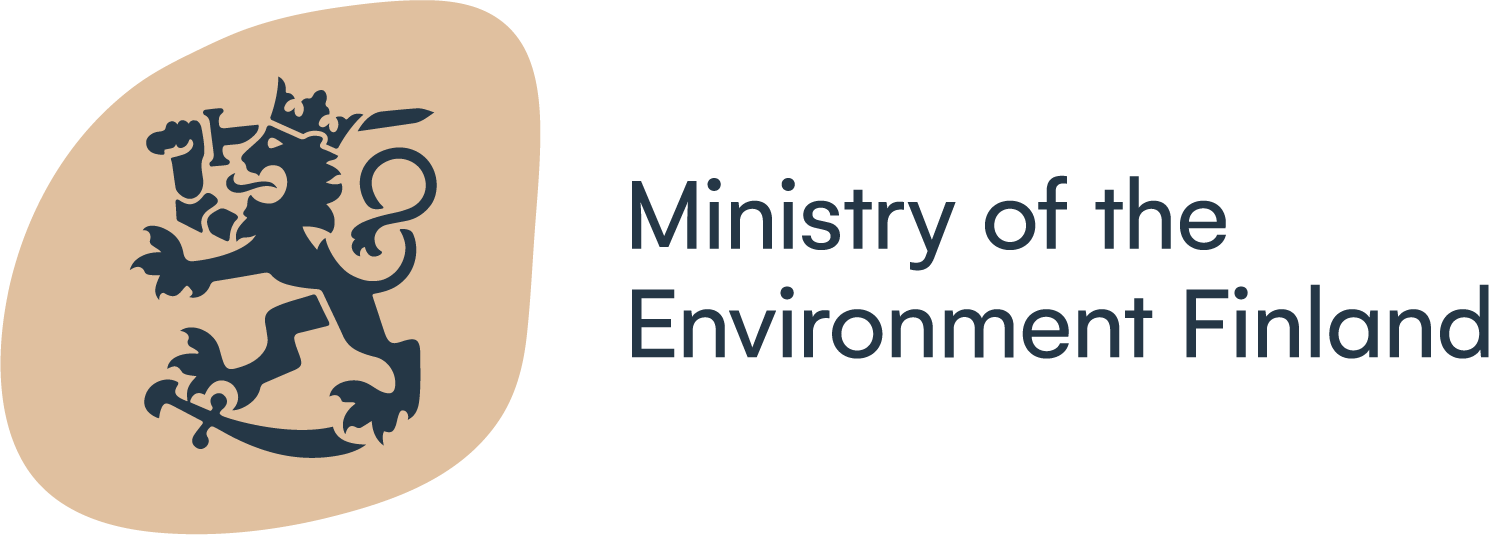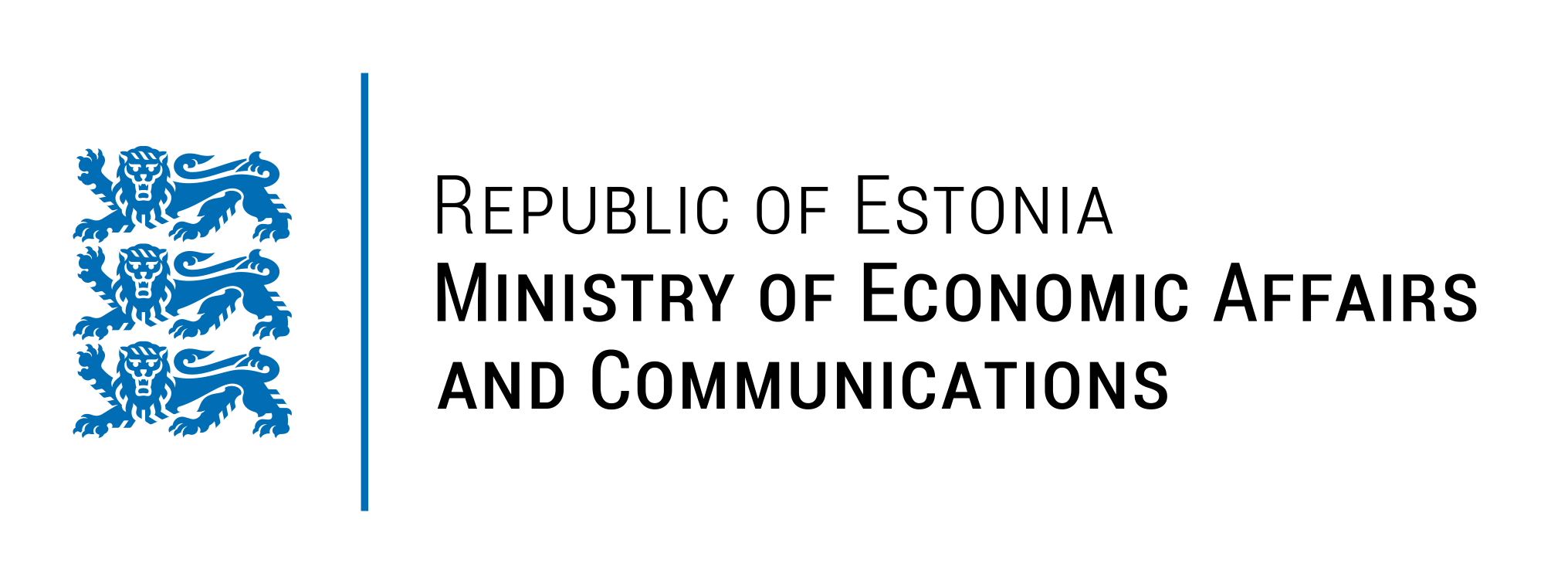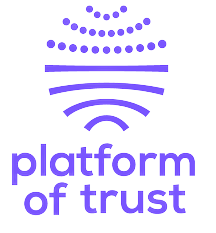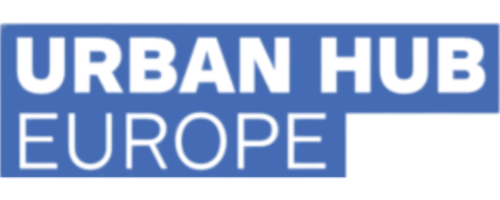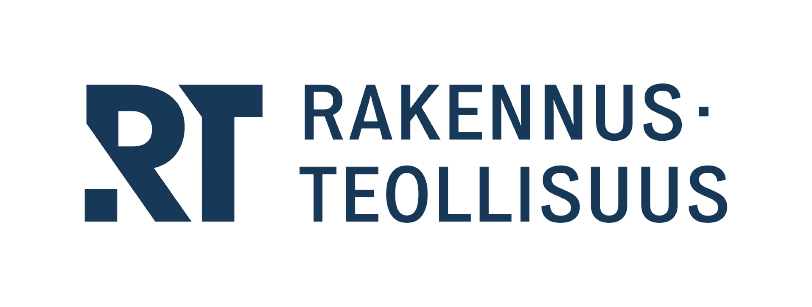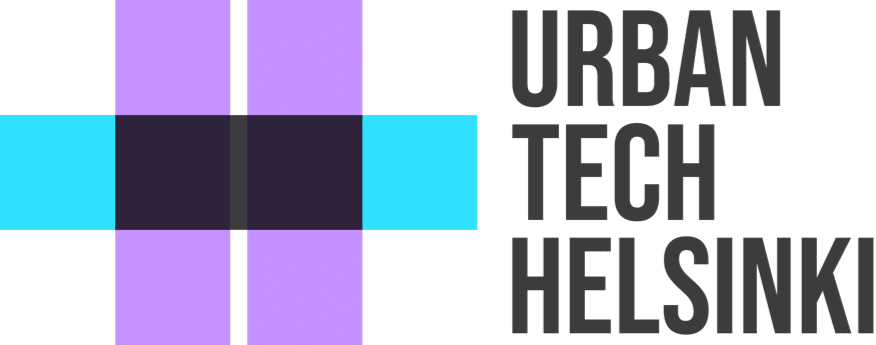WDBE UPDATES // Meet our keynote speaker!
Meet Michelle Xuereb,
the AEC Sustainability Innovator
The world faces a climate crisis, and the built environment is key to mitigating and adapting. Michelle Xuereb, the Director of Innovation at BDP Quadrangle, sees innovation as crucial to the transition to sustainable construction, and architects have a vital role in the process. She’s on a mission to build a culture of innovation within the BDP practice and upskill designers to meet future requirements.
Michelle has been an architect for around 25 years. Her passion for sustainability stems from living close to nature, growing up in the green ravine area of Toronto. She still counts spending time in nature and cycling among her happiest times.
During her education, Michelle realized that architects had been taught to design objects to be looked at. She wondered whether architecture could instead be about creating experiences for people. Michelle did her architectural thesis on nature and the body, examining a new way of thinking about architecture.
“My thesis was all about letting the land tell us what should be there. So, I looked at the existing microclimatic conditions and how the building or any built form would change that place and what you might put there to be able to make the place better than you found it,” she explains.

Figure 1. 80 Atlantic Mass Timber (photo: BDP Quadrangle)
From seeing to imagining
Michelle’s zeal for sustainability grew stronger through her focus on sustainability in her project work. One of them was the first mass timber office building in Ontario in a century. The client was committed to trying out wood construction and being the first, regardless of the many unknowns.
To make the new concept more approachable and predictable, the designers built a mockup at the local Carpenters Union. They brought in all the trades – including curtain wall experts and sprinkler installers – to attach their pieces to the model. This was a great way to prepare for the project and demonstrate to students how to build in mass timber.
The project became a learning tool for those involved and a wider audience. It got lots of attention in the industry and many speaker sessions ensued.
“Now that people have seen it, they can imagine it,” Michelle says.
Her work also includes several adaptive reuse projects with buildings on top of existing ones or attached to other buildings, increasing density in key transit-oriented areas of the city.

Figure 2. 99 Gerrard Street West (photo: BDP Quadrangle)
Changing an established industry
The construction industry is very established, posing significant barriers and challenges in transitioning to more sustainable practices. Many in the industry see innovation as an added risk they are unwilling to take. As the Director of Innovation, Michelle is trying to remove some of the barriers to change.
Michelle believes that one of the main obstacles is the lack of continuity of the vision from the design phase to the construction phase and beyond. Designers’ control often diminishes as a project is subsequently transferred to the contractor and further to trades who are rarely given a chance to impact the design with their knowledge of constructability until much later phases.
The discontinuity between projects makes systemic change even more difficult. Every building is bespoke, and you’re always building in a new place.
In a typical project, decisions happen sequentially in sprints. Architects make the early decisions based on zoning and existing conditions, followed by structural and, eventually, mechanical and electrical engineers. Similar to the contractor, they are left with few or no options to impact the form and orientation of the building to improve its affordability, energy efficiency, or microclimate.
Michelle advises developers to bring on the entire consultant team from the get-go to benefit from an integrated approach to the design, rather than an additive one. This will provide the client with a better overall project outcome from both an environmental and economic point of view. One solution is to implement Integrated Project Delivery (“IPD”) which enables early involvement, but it is still relatively new to the North American market.

Figure 3. 130 Bloor Building on a Building (photo: BDP Quadrangle)
Putting sustainability back on the agenda
COVID showed that rapid change is possible when it’s necessary. We collectively realized that things can be done quickly and inexpensively when you have the political will to change. For example, when people could not sit in restaurants, cities extended sidewalks to accommodate tables and chairs and added new bike lanes where cars used to be.
Climate issues were put on hold during the pandemic, but now it’s time to put them back on top of the agenda.
To internalize sustainability at BDP, Michelle has established a Green Team that connects to each project, growing the designers’ knowledge and improving their practice. The company has also set Science Based Targets for its studio, aiming at over 45% improvement in the next seven years.
“In alignment with the World Green Building Council (“WGBC”), the buildings we are building should be zero operational carbon with a 40% reduction in embodied carbon by 2030. Every building we are designing right now should be charting a pathway to zero, even
if the regulation doesn’t push us there.” Michelle urges.

Figure 4. 80 Atlantic Mass Timber (photo: BDP Quadrangle)
Technology and data will speed up the transformation
Investments in construction technology can speed up the change further. The technologies that work the best are the ones that eliminate friction for people, allowing them to make the right choices because it’s easier.
In the early days of BIM, the designers focused on the model and modeling. Michelle sees a shift toward a more data-centric approach. By including detailed material and product data in the design process, you can visualize the impact of your decisions on embodied carbon in real time.
As-built data and using sensors allow for measuring a building’s performance throughout its life cycle. Performance optimization is not just about a building’s energy efficiency or other technical aspects. Michelle reminds us that it’s mainly about people and their well-being.
“By optimizing the performance of the building, you’re optimizing the performance of the people within it.”
What and how to build in the future
Michelle encourages designers and developers to measure the embodied carbon of their building design throughout the process and to explore options for reducing that value to meet the WGBC targets.
Michelle asserts that we take down existing buildings too quickly. In residential buildings, 55% to 70% of the embodied carbon sits in the structure. Hence, retaining existing structures is a very effective sustainability strategy.
Embodied carbon emissions can be reduced significantly through reuse, repurpose, and recycling of building materials. When BIM models are augmented with accurate material data, it is possible to use the information for maintenance and repair. A new opportunity is using the data for online material trading during demolition.
New ways to learn and grow
To upgrade our skills and knowledge, we should keep an open mind and surround ourselves with curious and open-minded people. We must always interrogate “business as usual,” asking many questions and thinking about the best ways to do things.
Online micro-learning is a great way to upskill busy professionals. AI is another powerful technology that allows us to interpret information and assist us in many other ways.
Collaboration and communication are essential to learning and innovating. About nine months ago, BDP launched its Innovation Hub, a crowdsourcing tool for ideation. It is an environment for the around 1,300 experts of the company to explore solutions for business
challenges.
We’ll learn more about the Hub when Michelle delivers her keynote at WDBE in September.
To connect with Michelle, look her up on LinkedIn, and to meet her in person, join us at WDBE!
More Updates
WDBE 2024 Awards Winners: Highlighting the Advancement of Built Environment
The World of Digital Built Environment (WDBE) Summit announced the winners of the WDBE 2024 Awards which highlight notable digital advancement in the built environment. This year, submissions were received across six categories, showcasing practical and innovative solutions in areas such as sustainability, research, project delivery, and AI.
WDBE-talks: The Well-Being Revolution in Real Estate: Trends, Tech, and Transformation
In the podcast episode, William delved into the burgeoning field of health and well-being in the built environment, a relatively new focus within real estate. He shared his journey from project management and asset management to his current role, driven by a keen interest in how our living and working environments impact our health.
WDBE-talks: Industrializing construction: Myths, Realities, and Future Prospects with Amy Marks and Kevin Cardona
In the podcast episode, Amy and Kevin discuss the challenges the construction industry faces and the necessity of shifting business models to achieve more sustainable and efficient construction practices.
WDBE-talks: Innovating AEC Business Models for the Virtual Future with Amy Peck and Mark Bryan
In this episode of WDBE Talks, Aarni Heiskanen had the pleasure of hosting two distinguished guests from the USA: Amy Peck, Founder and CEO of EndeavorXR, and Mark Bryan, Senior Foresight Manager at Future Today Institute. Amy and Mark will deliver keynotes at the upcoming WDBE 2024 conference, focusing on reshaping built environment business models for the future.
Digital Transformation of the Built Environment Sets New Requirements: Future Today Institute Expert Sheds Light on Future Prospects at WDBE2024 Summit
Mark Bryan, Senior Foresight Manager at the Future Today Institute, which focuses on strategic foresight, has been confirmed as a speaker for the World of Digital Built Environment (WDBE) 2024 Summit.
WDBE-talks: New Business Models Unveiled with Olivier Lepinoy and Jaan Saar
In this WDBE Talks episode hosted by Aarni Heiskanen, two WDBE 2024 keynote speakers,
Olivier Lepinoy and Jaan Saar, discuss the significance of reimagining traditional business
models within the construction sector.
Olivier is the visionary founder of HYPER Construction, and Jaan is the Chief Evangelist at Future
Insight. Both thought leaders have experience innovating business models and share their
insights in this podcast.

